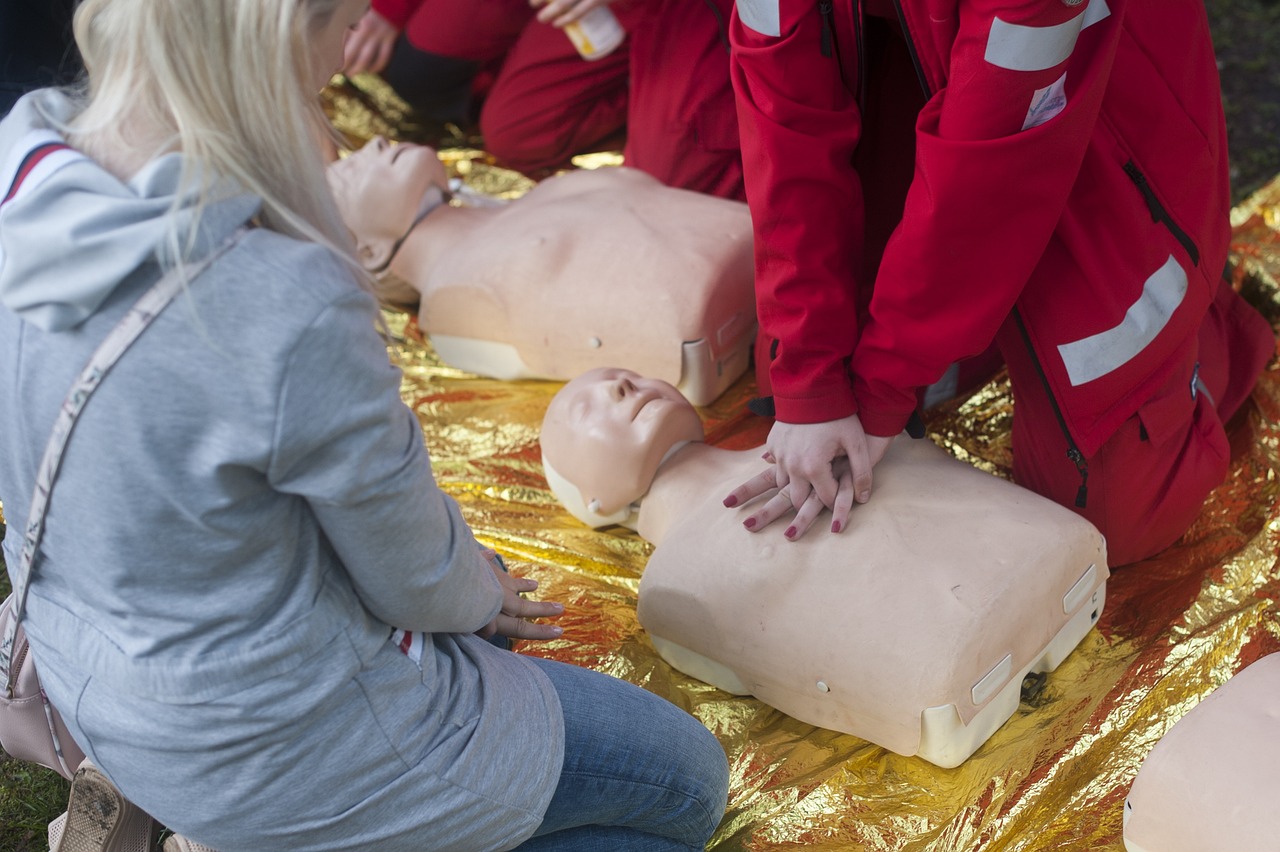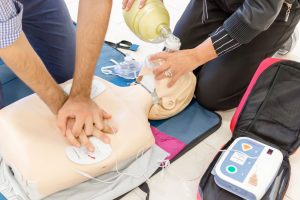
The Importance Of Blsd Courses For Improving The Quality Of Cardiopulmonary Resuscitation
Study Reveals the Importance of BLSD Training to Optimize Telephone CPR in Cardiac Emergencies
Early bystander-initiated cardiopulmonary resuscitation (CPR) has been shown to double or the survival rates with favorable neurological outcomes after cardiac arrest, so recent guidelines recommend that 118 Operations Center operators instruct bystanders to perform telephone-assisted CPR (T-CPR).
The aim of the study, published in the international journal Resuscitation, was to evaluate the impact of BLSD training on the quality of T-CPR.
The study, designed and conducted by Dr. Fausto D’Agostino, a resuscitative anesthesiologist at the Policlinico “Campus Bio-Medico” in Rome, assisted by Prof. Giuseppe Ristagno of the University of Milan, Professors Ferri and Desideri of the University of L’Aquila, and Dr. Pierfrancesco Fusco, involved 20 volunteer medical students (22±2 years old ) without previous training in CPR maneuvers, who were participating in a BLSD course in Rome, in October 2023.

Prior to the course, a cardiac arrest scenario was simulated with a manikin (QCPR, Laerdal). Students (one at a time) were asked to perform chest compressions (CC) and defibrillation with an automated external defibrillator, following instructions to the maneuvers provided via a hands-free smartphone activated by one of the BLSD instructors located in another room. Another BLSD instructor, present in the room with the student, evaluated (without intervening) the correctness and timing of the T-CPR maneuvers performed. The same scenario was then simulated again after the BLSD training.
Based solely on telephone instructions, students correctly positioned their hands to perform chest compressions and placed defibrillator pads on the chest in 80% and 60% of cases, respectively. However, CC depth and frequency were accurate in only 20% and 30% of cases, respectively. After the course, correct hand position improved by 100%; depth of CC compressions and AED plate placement also showed significant improvements.
Although CC rate improved, it remained suboptimal in 45% of cases. After attending the BLSD course, students demonstrated significantly faster initiation of CPR and AED use, taking less than half the time than before the course.
The results, therefore, underscore the positive impact of BLSD training, which significantly improves the quality of T-CPR, making it nearly optimal. Therefore, awareness campaigns on BLSD training courses are essential to further improve CPR by non-professional bystanders.


